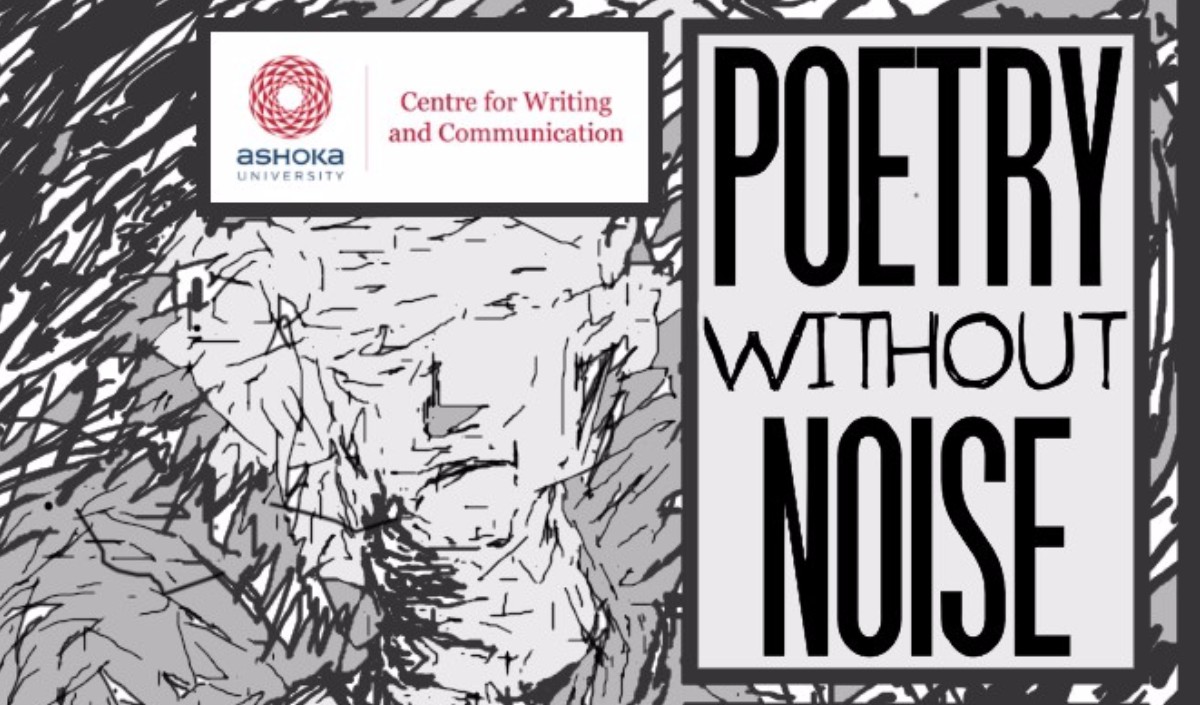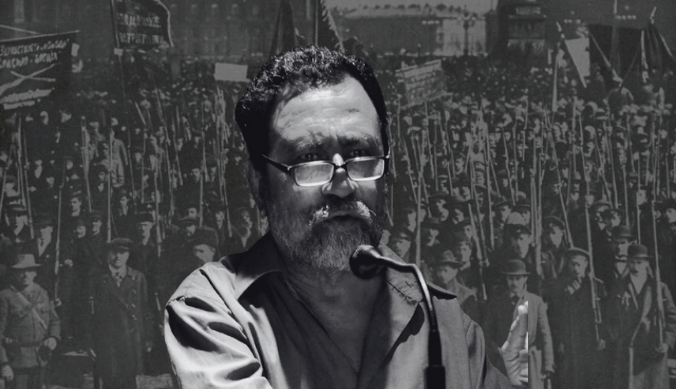An Evening of “Poetry Without Noise”
A workshop by the Centre for Writing and Communication at Ashoka University, on writing Imagist poetry.

Ashoka Staff
5 January, 2021 | 5 Mins readOne Tuesday evening reserved for Poetry Without Noise was meant to be an intimate affair, almost to mimic the cozy cafés where the germ of Imagist poetry was born over a century ago. Twenty-five readers and writers of poetry sat around an art installation, filling one of the smaller classrooms of the Old Academic Block to the point where the door could barely close! We thought about poetry, and why is it always meant to be verbose, emotive, and so intensely personal. Working our way through H.D., Pound, Williams, Lowell, and Kolatkar, the group chopped off limb by limb, everything in a language that blurs the poet’s relationship with the world. The aim was to be able to see objects and events not just how they associate themselves with emotions, but as shapes and colours. The contention was that a limp flower looks less like a limp flower and more like a lolling ragdoll corpse, and that William Carlos Williams’ The Red Wheelbarrow is, in fact, a work of poetry.
More than rhyme, the problem with Imagist poetry is that of reading and recitation. A poem belongs first and foremost to voice, and the Imagist poem, shaped like a long sentence chopped into shorter lines of no more than a few words each, does not give any hint as to how it must be sung. A large part of the workshop involved some of us trying to read the short and broken lines, interpreting line breaks as pauses or stresses or breaths, producing a staccato urgency. Where historical recordings were available, we compared readings from the group to the reading voice of the poet. Poetic language says something not just with meaning, but with shape and sound too, and there is no rhythmic element which is merely a decoration for the actual poem. The rhythm each poem forced its reader to assume came to be what gave urgency to the poem about the fire engine, and a funereal monotony to the poem about lost love.
The final task was to look at the de-familiarized shaped of the small installation in the centre, and like a flash-sketch artist, compose within five minutes a short work of Imagist poetry. What followed was a round of brutal editing with every excess word simply struck out and every imprecise adjective marked off. Each one of the poems was presented to the group. There was one which did not see a piece of frayed rope but rather a horse’s tail, and another which was wholly in Urdu! One of them even saw past the installation and wrote of the “fifty eyeballs” trying to silence the noise within them. A part of the installation where a tape hung suspended with “Men at Work” repeated on it became a line of “text text text” in one poem. Listening to each other, from within the group came feedback specific to words and clauses. At the end of two hours, I would like to think we all walked out knowing a little more about what poetic language can do.










